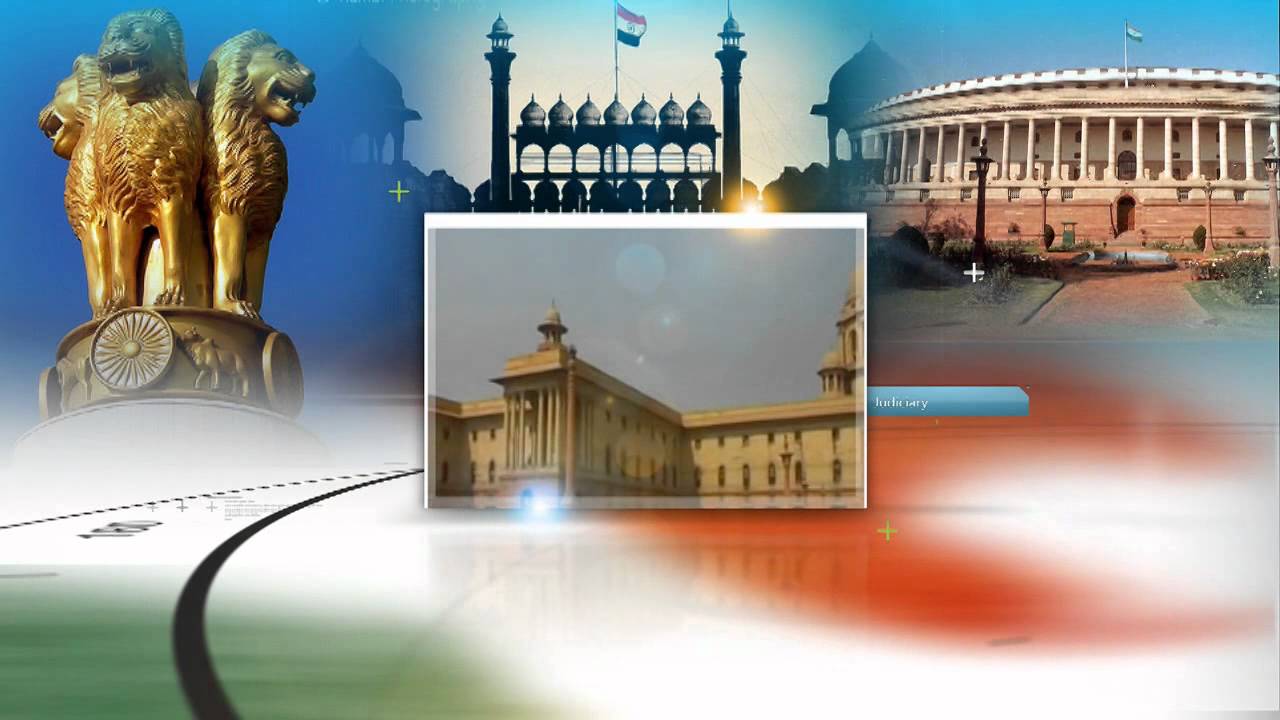Poet-Musician Who Shaped India’s Syncretic Culture
Context:
At the 25th edition of Jahan-e-Khusrau, held at New Delhi’s Sunder Nursery, Prime Minister Narendra Modi described the annual Sufi music festival as carrying the “fragrance of the soil of Hindustan.”
More on News
- The event commemorates the legendary poet-musician Amir Khusrau, whose contributions to Indian classical music, Persian literature, and Sufi qawwali have left an indelible mark on the Ganga-Jamuni tehzeeb—the rich, syncretic cultural tradition of North India.
Amir Khusrau: The ‘Parrot of India’
- Bestowed with the title Tuti-yi-Hind—the “Parrot of India”—Khusrau was a 13th-century mystic, poet, and musician whose works continue to resonate even today.
- He is widely regarded as the father of Hindavi, a precursor to modern Hindi and Urdu, and played a crucial role in shaping Indian classical music.
The ‘Indian Turk’: A Fusion of Cultures
- Much of what is known about Khusrau’s life comes from his own autobiographical writings interwoven with poetry.
- Born in 1253, he was the son of a Turkish father and an Indian mother.
- His father had migrated to India from Central Asia in the early 13th century, seeking refuge from Genghis Khan’s Mongol invasions.
- He later served in the court of Sultan Iltutmish and married an Indian Muslim woman.
- Khusrau took pride in his dual heritage, often referring to himself as an “Indian Turk.”
- Scholars Paul E. Losensky and Sunil Sharma, in their book In the Bazaar of Love (2011), highlight how Khusrau’s life and works symbolise a synthesis of Persian, Turkic, and Indian cultures.
- Though his birthplace remains debated, it is widely believed he was born in Patiyali, Uttar Pradesh, or possibly near Delhi.
A Poet of the Sultan’s Court
- Khusrau’s poetic journey began at the age of 20, when he became a court poet, a position he held until his death.
- Over five decades, he served at least five Delhi Sultans—Muiz ud din Qaiqabad, Jalaluddin Khalji, Alauddin Khalji, Qutbuddin Mubarak Shah, and Ghiyasuddin Tughlaq—as well as several influential nobles.
- In medieval Islamic courts, poetry played a key role in establishing a ruler’s cultural and political legitimacy.
- As a royal poet, Khusrau composed eulogies, chronicles, and panegyrics in Persian, the language of the court, while also writing in Hindavi, making his work accessible to the common people.
- Sultan Jalaluddin Khalji, in recognition of his literary genius, honoured him with the title ‘Amir’.
A Devoted Disciple of Nizamuddin Auliya
- Despite his association with the royal court, Khusrau’s heart belonged to Sufism.
- He was the most devoted disciple of Shaikh Nizamuddin Auliya, the revered Chishti Sufi saint of Delhi. Their bond was so profound that Nizamuddin once remarked:
- “He (Khusrau) is the keeper of my secrets, and I shall not set foot in Paradise without him.”
-
- Khusrau seamlessly moved between the royal court and the Sufi khanqah (spiritual retreat), earning the trust and respect of both kings and saints.
- When Nizamuddin Auliya passed away in 1325, a grief-stricken Khusrau is believed to have said:
- “Beauty sleeps on the bed, her hair across her face. Come Khusrau, let’s go home, night has set over this place.”
- He himself passed away just months later and was buried near his beloved spiritual guide in Delhi’s Nizamuddin Dargah, where his tomb remains a site of reverence.
A Lasting Legacy in Music and Poetry
-
- Even 700 years after his death, Khusrau’s poetic brilliance continues to captivate audiences.
- His works range from royal praise poems to folk riddles and love songs, reflecting a diverse literary range that appealed to both courtly elites and common people.
- Khusrau’s verses have deeply influenced the Ganga-Jamuni tehzeeb, blending Persian, Turkic, and Indian traditions. He even admired the philosophical wisdom of Indian Brahmans, writing in Nuh Siphir:
- Even 700 years after his death, Khusrau’s poetic brilliance continues to captivate audiences.
- “The Brahmans of India have greater wealth of philosophical thought than what Rumi had revealed to the world. As nobody has tried to learn from the Brahmans, their learning has not been revealed to the world.”
- His ghazals and qawwalis, such as Chhaap Tilak, Zehal-e-Maskeen, and Sakal Ban Phool Rahi Sarson, are performed at Sufi shrines, folk gatherings, and Bollywood musicals alike.
The Father of Indian Classical Music?
Khusrau is often credited with major innovations in Indian classical music, though historical evidence remains inconclusive. He is said to have:
Created new ragas and refined khayal music.
Pioneered qawwali, a genre of Sufi devotional music.
Invented instruments like the sitar and tabla, though their exact origins remain debated.
Amir Khusrau was not just a poet or musician—he was a cultural bridge between traditions, and a visionary who celebrated unity in diversity. His contributions continue to shape India’s music, literature, and spiritual traditions, making him an eternal icon of syncretic heritage and artistic excellence.


